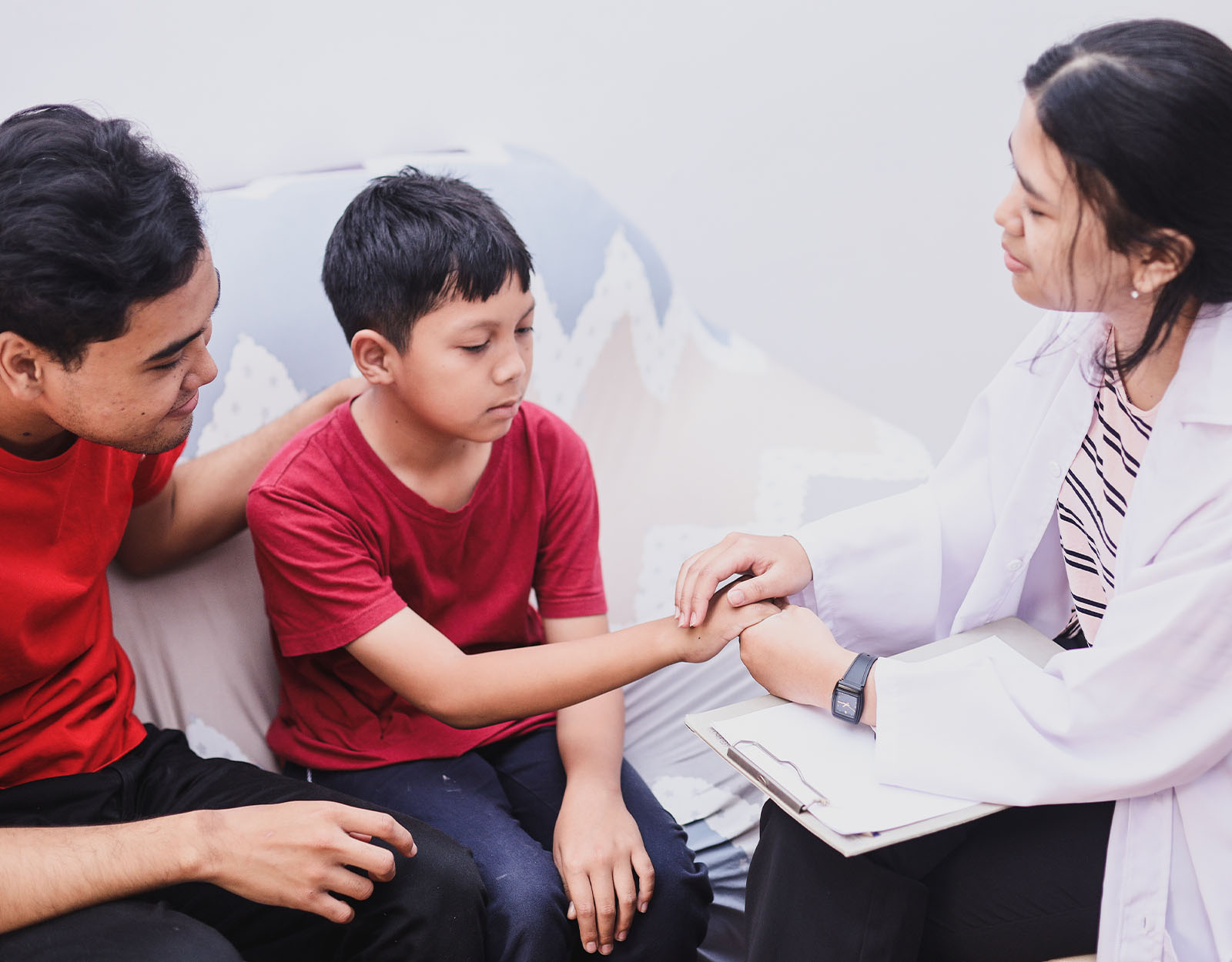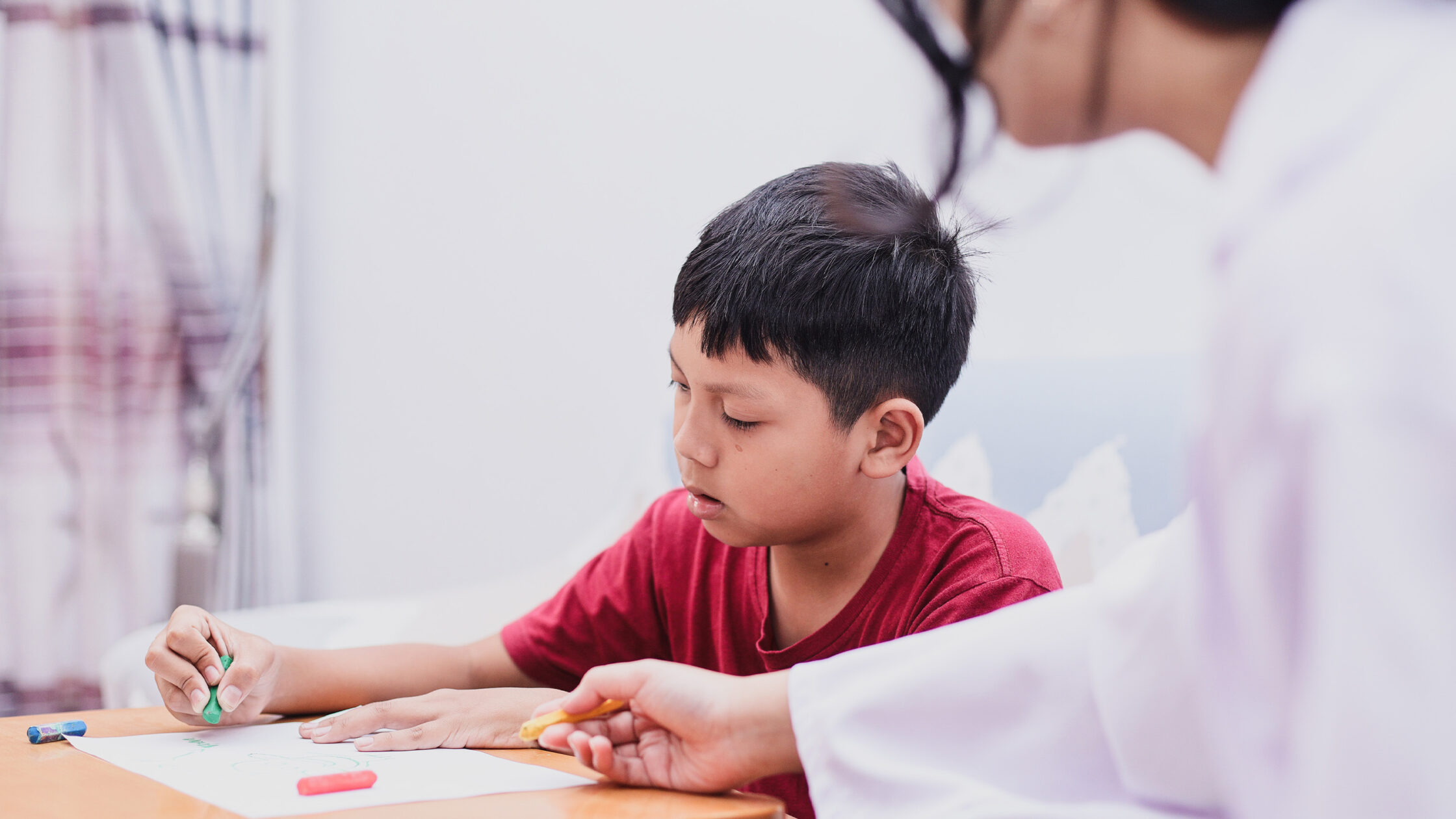A Parent’s Easy Guide to 7 Different Kinds Of Therapy
Before enrolling your kids into therapy, here’s a quick and easy guide to explain simply what the different kinds of therapy are.
Back in the day, therapy was synonymous with getting zapped while being strapped to a chair. Or, lying on the couch while telling some random doctor your problems. So terribly medieval those methods are, as we are now in the 21st century, which means there are more appropriate ways for doctors, psychiatrists, psychologists, and therapists to perform therapy. But of course, the selection can be quite overwhelming for many parents starting out — which is why we made a guide to give an overview of how the different kinds of therapy sessions go.

1. Occupational Therapy
Not to be confused with physical therapy, occupational therapy helps kids control their bodies so they can live out their daily lives. Although some of the exercises and activities do look similar to the things that athletes do in physical therapy, it’s there to help them control their bodies more than strengthen them. You might see them do jumping jacks, a bit of stretching but, it’s all in the name of helping them gain more control. Most kids who have developmental delays go through this kind of therapy alongside speech therapy.

2. Speech Therapy
When kids are diagnosed with language delay, selective mutism, dyslexia, and other literacy issues, they go to speech therapy! In this kind of therapy, kids get to read all sorts of books, rearrange sentences, and also do other things that involve language development. This is different from what online tutors do where they teach the subject matter. Speech therapists help kids cope or develop tools to understand the subject matter.

3. Art Therapy
Art therapy helps those who need to process grief. When emotions are simply too confusing and conflicting, it usually manifests through art. Especially when words are not enough, strokes, colors, and images will speak for them. It’s become a popular therapy that even celebrity mom Shamaine Buencamino uses when she posts things on her Instagram.

4. Pet Therapy
When depression has robbed people of their zest for life, people would often suggest getting a dog or a cat. That’s how pet therapy usually starts. It’s commonly used with cancer patients, those with chronic diseases, and even prisoners who are being rehabilitated. Studies have shown that pets trigger the release of serotonin (the happy hormone), oxytocin (the cuddle hormone), and prolactin. We’re not surprised; having a dog wag its tail at you or a cat slow-blink at you after a long day at work is quite calming and relaxing.

5. Cognitive-Behavioral (CBT)
This is the most commonly used kind of psychotherapy among counselors and psychologists although it has earned its mixed reviews. Unlike the first four, cognitive behavioral therapy treats people by addressing the person’s thoughts. What usually happens is that when the person talks, the therapist “challenges” or asks more about that thought — allowing the person to see the irrationality of that thought more clearly. However, some may feel that cognitive-behavioral therapy has become obsolete and is just a form of “glorified gaslighting.”

6. Journaling
Especially for patients who feel uncomfortable with speaking, they turn out to be quite expressive in their writing. Some therapists opt for journaling, especially for victims of vicious circumstances like sexual assault, natural disasters, and even life-changing diseases. Journaling allows people to concretize their thoughts by putting it on paper.

7. Talk Therapy
As its name states, this therapy relies much on talking. But it’s most likely known more as the “Empty Chair” therapy where a person can express all their thoughts freely in a safe and neutral environment. A lot of therapists who help parents and patients process their grief use this technique, creating an outlet for parents and kids who want to say things they never said but should have.
The list grows so long as science does!
With mental health now being addressed as an endemic, psychology has been developing all sorts of new therapies to address different people’s needs. Emotions have always been tricky. In a culture that praises people who don’t rock the boat in their families, some find it better to suppress their emotions. Others end up gaslighting themselves. Gone are the days when people with mental illnesses are treated like animals. They are sick and they need help. No cage in the world will solve that.
More about mental health?
How To Approach Mental Health with Kids
Sunshine Dizon: Lights, Courage, Closure!
Shamaine Buencamino Celebrates Her Late Daughter’s Birthday









